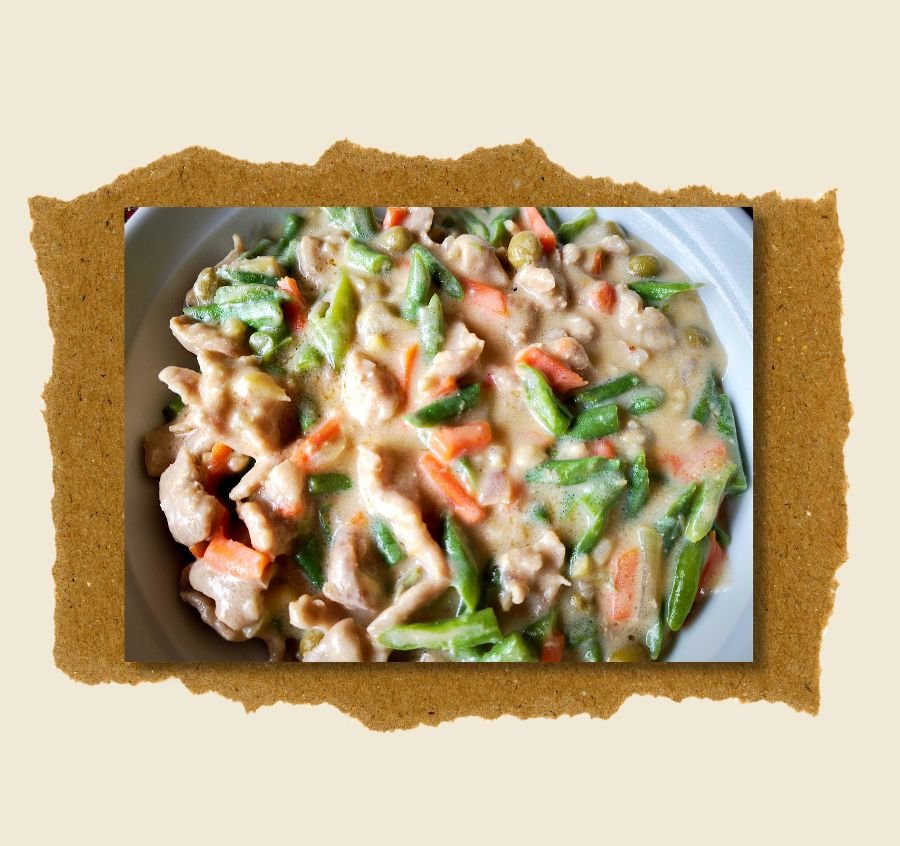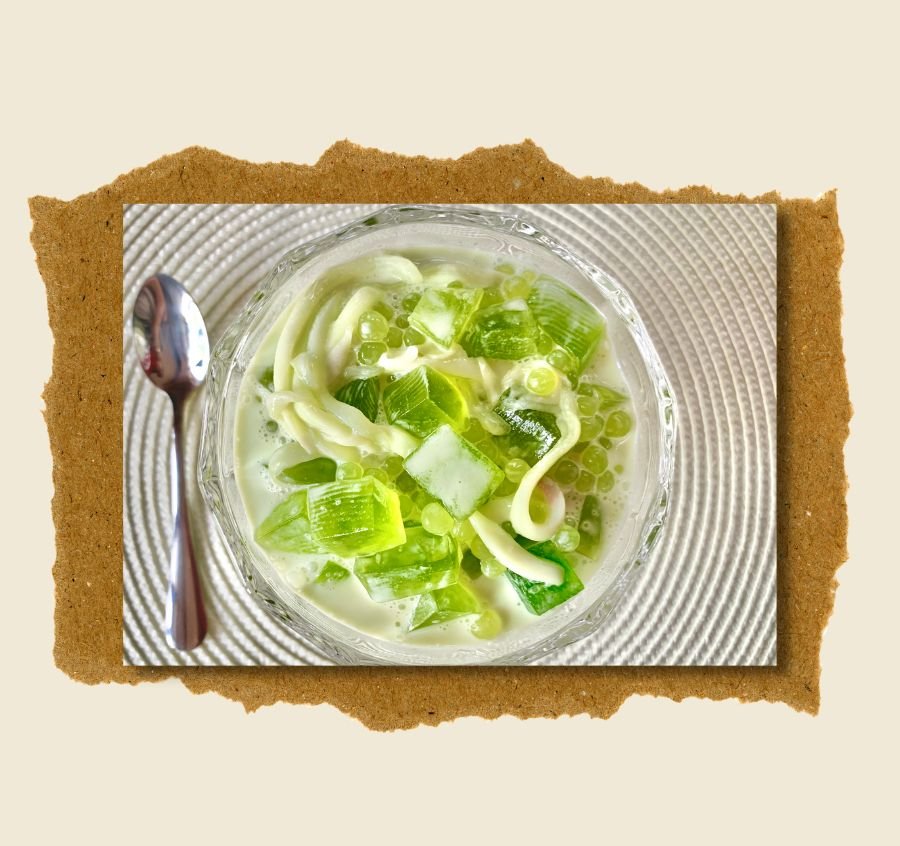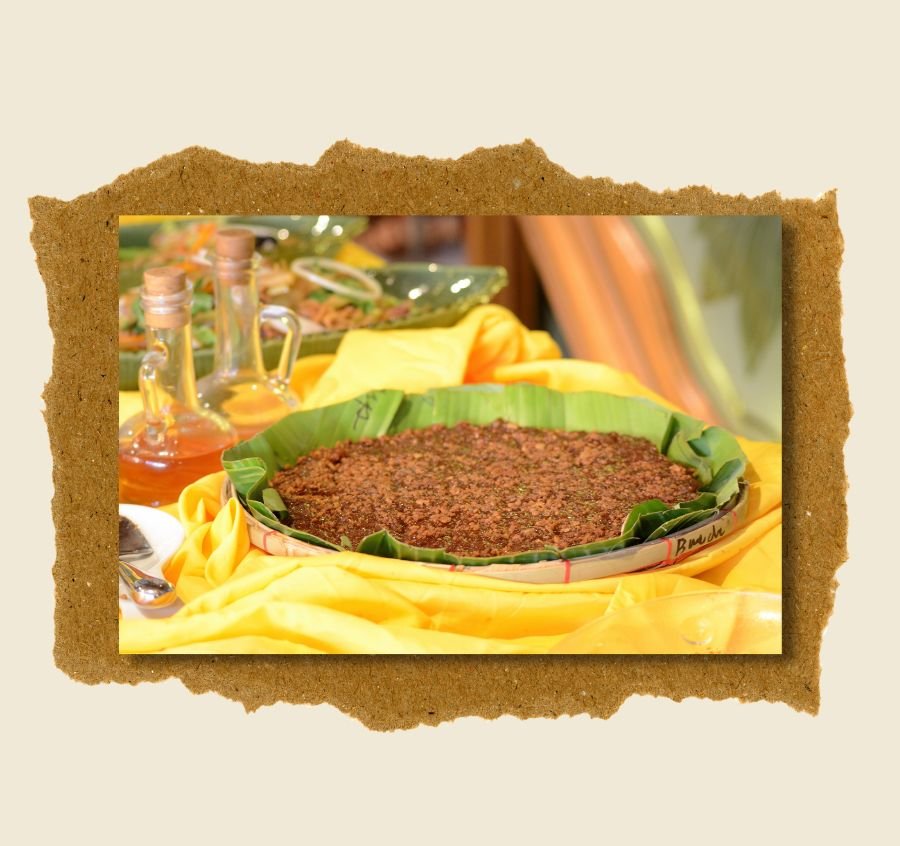12 Filipino Dishes To Serve in Celebration of Independence Day

The Philippines will be honoring Independence Day this coming June 12. This remarkable day marked the Philippines’ absolute Independence from Spain in 1898 – equivalent to 124 years of freedom! As the holiday approaches, we’re here to celebrate the Filipino spirit with proudly Filipino foods.
This Independence Day, express your love for the country by serving these twelve Filipino dishes at your dining table.
Adobo

The Filipino favorite is the classic adobo, the easiest dish to prepare. This meal is the country’s staple food as it never fails to bring a grin. Every family has its version of this dish. It usually contains a protein, typically a combo of pork and chicken, simmered in vinegar, soy sauce, crushed garlic, bay, or laurel leaves. If you want to make the meal simple yet memorable, this recipe will help you achieve that goal.
Sinigang

Sinigang is a traditional Filipino cuisine that may be traced back to before the Spanish arrived in the Philippines. This dish is a sour soup delicacy cooked with tamarind and various meats such as pig, beef, chicken, fish, and prawns, as well as vegetables such as kangkong, taro, radish, string beans, okra, green chilies, tomatoes, and eggplant. One of the staples of Filipino cuisine is this thick and tangy stew.
Lechon

A Filipino celebration would be incomplete without the presence of Lechon or roasted pig over charcoal. Lechon na baboy is a meal in which a whole pig or piglet is stuffed, glazed, then simmered over coals. The most prized part is the crispy, golden-brown skin covering the tender meat melts on one’s tongue.
Palabok

Pancit Palabok is a popular noodle dish in the Philippines, served with a shrimp sauce and a variety of toppings such as meat flakes, fried garlic, shrimp, and an egg. This snack blends savory flavors then making it ideal for those looking to get the most out of an essential snack.
Kare-Kare

What’s a Filipino celebration without kare-kare? This oxtail stew features the tastiest sauce composed of ground toasted rice and crushed peanuts. This dish becomes a full supper by adding banana blossom, eggplant, and string beans. Paired with fermented shrimp or bagoong will make you ask for another cup of rice.
Sisig

Serving the all-time favorite and proudly-Pinoy cuisine. Sisig is one way to spice up any social gathering. Usually, Sisig is served as a “pulutan” with alcoholic drinks. This dish, consisting of chopped pig’s head, liver, and spices, has become one of the most popular in town.
Caldereta

One of the staple food in every Filipino festival is the caldereta. This dish is a rich and savory stew made with tender beef and substantial vegetables in tomato sauce. This is a tasty and comforting one-pot supper!
Crispy Pata

Crispy Pata is one of the most popular Filipino dishes since most Filipinos are meat-eaters. Pig trotters, fried and seasoned to perfection, are a staple at every Filipino fiesta. Crispy Pata is a Filipino delicacy that leaves Filipino families continually wanting more.
Bicol express

Another way to spice up the table is by serving our Bicol express. Natively known as Sinilihan, a spicy chili, pork, and coconut milk stew is a perfect compliment to lovers of coconut and spicy cuisine. Although, every family has their version of the meal, which often depends on their tastes.
Buko Pandan Salad

What else would Filipino celebrations be without buko pandan? Buko pandan is a distinctive fruit salad, another typical Philippine delicacy. The combination of the crispness of pandan taste with the softness of coconut meat and sweetened milk will never go out of style.
Leche Flan

Leche Flan, a staple, and popular Filipino dish, is a sweet caramel custard often prepared with condensed and evaporated milk. The meal exemplifies how the Filipinos have adapted and converted relatively basic canned ingredients into a delectable feast.
Biko

Biko is sticky rice, coconut milk, and black sugar rice cake from the Philippines. It is rich and chewy and then served traditionally on a circular, flat bamboo tray lined with coconut leaves known as a bilao, Biko belongs to the rice cake-based sweets known as kakanin. The name “kakanin” came from the Tagalog words “kain” (to eat) and “kanin” (rice). Although there are several varieties of kakanin, they always include rice and coconut.
Independence Day merits a festival. Ultimately, it is the most significant moment in a nation’s history. It’s best to spend it with your loved ones and family members. And, just as our heroes gave us this country and our identity, the best place to celebrate freedom is in the comfort of our own home – no fuss, no hassle, just pure enjoyment.






